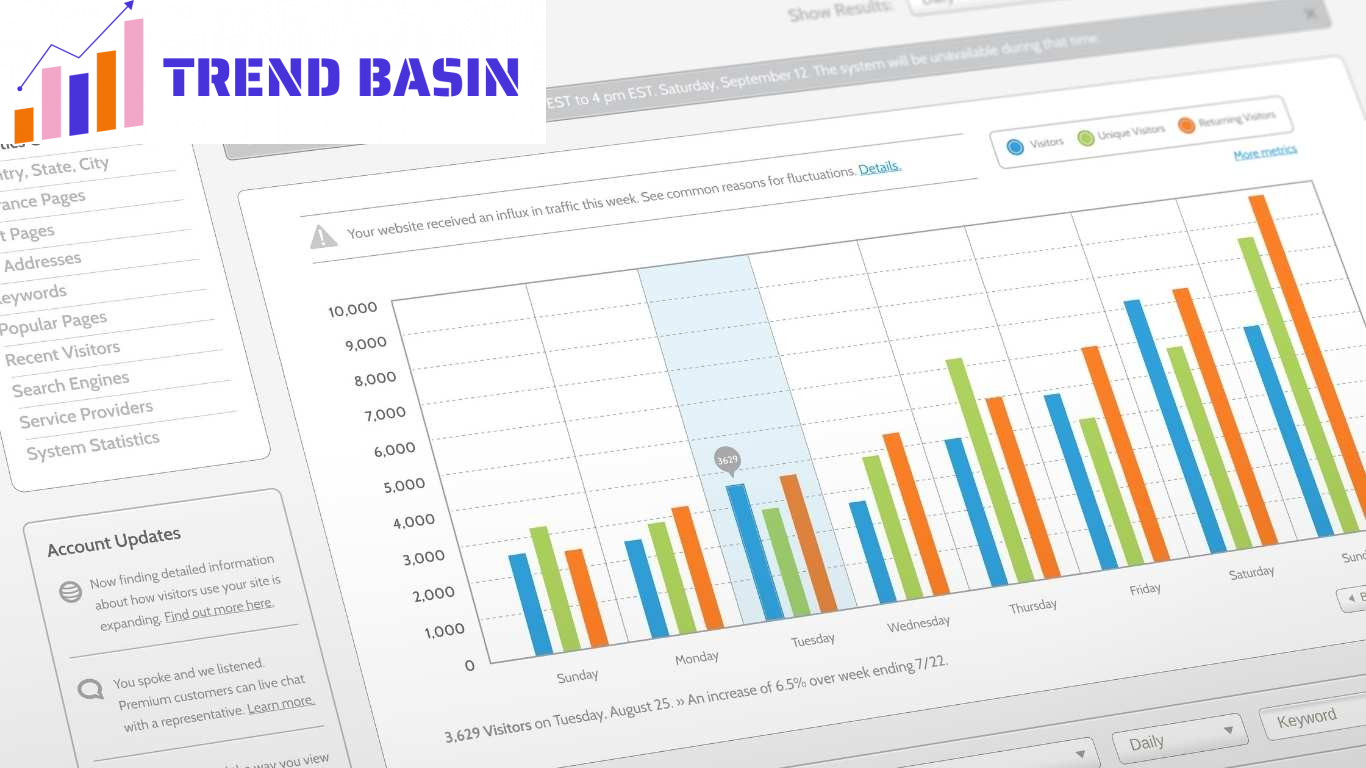
Guide to Understanding and Implementing Schema Markup
Understanding and implementing schema markup can significantly enhance your website’s SEO by helping search engines better understand your content.
This guide by Webdesignsingapore biz will walk you through the essentials of schema markup, its importance, and how to implement it effectively.
Table of Contents
ToggleKey Takeaways
- Schema Markup Explained: Schema markup is a form of microdata added to your HTML to help search engines understand your content.
- Importance: It improves search visibility, click-through rates, and provides a competitive advantage.
- Types of Schema: There are various schema types, including Article, Product, Review, Local Business, and Recipe.
- Implementation Steps: Choose the right schema type, generate code, insert it into your website, and validate it.
- Best Practices: Keep markup relevant, stay updated with changes, and regularly validate your schema.
What is Schema Markup?
Schema markup, also known as structured data, is a type of microdata that you can add to your website’s HTML. It helps search engines understand the context of your content, which can lead to enhanced search results, such as rich snippets (Backlinko) ¹(https://backlinko.com/schema-markup-guide).
Understanding Structured Data
Definition
- Structured Data: Structured data is a standardized format for providing information about a page and classifying the page content. It makes it easier for search engines to parse and interpret the information on your site.
Formats
- JSON-LD: Schema markup is most commonly written in JSON-LD format, which is recommended by Google. It allows for a cleaner separation of data from HTML code.
- Microdata: This format integrates directly within the HTML, making it harder to maintain but still effective.
- RDFa: A more complex format used for more advanced applications, allowing for richer semantic data.
Benefits of Schema Markup
Enhanced Understanding
- Contextual Clarity: Schema markup provides additional context to search engines, allowing them to display more relevant results.
- Rich Snippets: By using schema, your content can appear in rich snippets, which provide a better user experience.
Improved User Experience
- Informed Choices: Rich snippets and enhanced search features give users more information before they click, leading to better decision-making.
- Visual Appeal: Listings with rich snippets stand out in search results, making them more appealing to users.
Why is Schema Markup Important?
Schema markup is crucial for several reasons:
Improved Search Visibility
Enhanced Results
- Detailed Information: Schema markup improves your website’s visibility in search engine results pages (SERPs) by providing more detailed information about your content (Semrush) ²(https://www.semrush.com/blog/schema-markup/).
- Inclusion in Search Features: It allows your content to be featured in rich results, carousels, and knowledge panels.
Search Algorithm Favoritism
- Algorithm Recognition: Search engines favor websites that utilize structured data, leading to potentially higher rankings.
- Faster Indexing: Implementing schema markup can lead to quicker indexing of your pages, helping them appear in search results sooner.
Enhanced Click-Through Rates (CTR)
Attractive Listings
- Visual Appeal: Rich snippets generated by schema markup can make your search listings more attractive, leading to higher CTRs (SEO.com) ³(https://www.seo.com/basics/technical/schema/).
- Informative Displays: The additional information displayed can help users make informed choices about whether to click on your link.
Increased Engagement
- Higher Engagement Rates: Users are more likely to engage with listings that provide more context and information, leading to lower bounce rates.
- Building Trust: Well-structured information enhances your brand’s credibility and trustworthiness in the eyes of potential customers.
Competitive Advantage
Less Competition
- Market Differentiation: Many websites still do not use schema markup, so implementing it can give you a competitive edge in search rankings (Semrush) ²(https://www.semrush.com/blog/schema-markup/).
- First-Mover Advantage: By adopting schema markup early, you can position yourself as a leader in your industry.
Brand Authority
- Authority Building: Being among the early adopters of schema can help establish your website as an authority in your niche, attracting more organic traffic.
- User Trust: Enhanced search results contribute to building user trust, increasing the likelihood of repeat visits and conversions.
By understanding the importance of schema markup, you can leverage it to improve your website’s performance in search engines.
Types of Schema Markup
There are various types of schema markup you can use, depending on your content:
Common Schema Types
Article Schema
- Blog Posts and News: Used for news articles and blog posts to enhance visibility and provide additional context.
- Attracting Readers: This type helps attract readers by displaying the headline, author, and publication date directly in search results.
Product Schema
- E-commerce Pages: Used for e-commerce product pages to display details like price, availability, and reviews.
- Boosting Sales: The display of product ratings and prices can directly influence purchasing decisions.
Review Schema
- Displaying Reviews: Displays reviews and ratings, allowing potential customers to see feedback before making a purchase.
- Encouraging Trust: Positive reviews can significantly boost user confidence and increase conversions.
Local Business Schema
- Local Optimization: Helps local businesses show location, hours, and contact information, making it easier for users to find and contact them.
- Increased Foot Traffic: Enhanced visibility in local searches can lead to increased foot traffic and local customer engagement.
Recipe Schema
- Food Blogs: For food recipes, showing ingredients, cooking time, and nutrition information (SEOTesting.com) ⁴(https://seotesting.com/blog/schema-markup/).
- Engaging Home Cooks: This schema can attract home cooks looking for new recipes, providing detailed instructions right in the search results.
Specialized Schema Types
Event Schema
- Promoting Events: For promoting events with details like date, time, and location.
- Enhancing Attendance: Helps increase attendance by providing clear information directly in search results.
FAQ Schema
- Addressing Common Queries: Helps to mark up frequently asked questions, which can be displayed directly in search results.
- Enhancing User Experience: Provides quick answers to user inquiries, improving the overall search experience.
Job Posting Schema
- Highlighting Job Opportunities: Allows businesses to highlight job vacancies and details.
- Attracting Talent: This schema can improve visibility to potential candidates actively looking for job opportunities.
By choosing the right schema types for your content, you can enhance the information that search engines display in SERPs.
How to Implement Schema Markup
Implementing schema markup involves several steps:
Step 1: Choose the Right Schema Type
Identify Your Content
- Assess Your Needs: Determine which type of schema markup aligns best with your content. For instance, if you’re writing a blog post, the Article schema would be appropriate.
- Consider User Intent: Understand the needs and search behaviors of your target audience to select the most effective schema type.
Step 2: Use Schema Markup Generators
Helpful Tools
- Google’s Structured Data Markup Helper: Utilize this tool to guide you through creating the necessary code for your specific schema type.
- Schema Markup Generator Tools: Explore various online tools that can simplify the creation of schema code, such as Merkle’s Schema Markup Generator.
Step 3: Add the Code to Your Website
HTML Insertion
- Correct Placement: Insert the generated schema markup code into your website’s HTML. Ensure you place it within the appropriate section of the page to ensure it’s recognized by search engines.
- Use of Code Editors: If you’re using a content management system (CMS) like WordPress, consider plugins that facilitate schema markup integration.
Step 4: Test Your Markup
Validation Tools
- Google’s Rich Results Test: Use this tool to ensure your schema markup is correctly implemented and error-free (SEO.com) ³(https://www.seo.com/basics/technical/schema/).
- Schema Markup Validator: Regularly check your schema to maintain compliance with current standards and to catch any errors.
Step 5: Monitor Your Results
Performance Tracking
- Analyze Traffic: Use tools like Google Analytics to track changes in organic traffic and click-through rates following schema implementation.
- Refine Strategies: Based on performance data, refine your schema implementation and experiment with different types to see what yields the best results.
Following these steps will help you implement schema markup effectively.
Best Practices
To maximize the benefits of schema markup, consider the following best practices:
Keep It Relevant
Stay Focused
- Only Use Relevant Markup: Ensure that the schema markup you implement is relevant to your content. Adding unnecessary or unrelated markup can confuse search engines and potentially harm your SEO.
- Content Alignment: Verify that the markup accurately reflects the content on your page to provide a clear understanding for search engines.
Stay Updated
Follow Schema.org
- Monitor Updates: Schema.org regularly updates its types and properties, so keep your markup current. New types may be introduced, and existing types may receive updates that enhance functionality.
- Engage with the Community: Participate in online forums or communities focused on SEO and schema markup to stay informed about best practices and trends.
Validate Your Markup
Regular Testing
- Consistent Checks: Regularly test your schema markup to ensure it remains valid and effective. Use tools like the Schema Markup Validator to check for compliance.
- Adapt to Changes: Make necessary adjustments based on the feedback from validation tools to maintain optimal performance.
Educate Your Team
Internal Training
- Team Workshops: Conduct training sessions for your team to ensure everyone understands the importance of schema markup and how to implement it correctly.
- Documentation: Create internal documentation that outlines best practices and guidelines for using schema markup effectively.
Implementing these best practices can enhance the effectiveness of your schema markup.
Key Statistics
- Rich Snippets Impact: Websites with rich snippets have a 20-30% higher click-through rate compared to those without (Backlinko) ¹(https://backlinko.com/schema-markup-guide).
- Adoption Rate: Only 36% of websites use schema markup, providing a significant opportunity for those who implement it (Search Engine Land) .
Conclusion
Understanding and implementing schema markup is essential for enhancing your website’s visibility and performance in search engines. By following the steps outlined in this guide and adhering to best practices, you can ensure that your website benefits from improved search rankings, click-through rates, and user engagement.
Sources
- https://backlinko.com/schema-markup-guide
- https://www.semrush.com/blog/schema-markup/
- https://www.seo.com/basics/technical/schema/
- https://seotesting.com/blog/schema-markup/
- https://www.romainberg.com/blog/seo/a-guide-to-schema-markup-for-seo/
- https://searchengineland.com/schema-markup-adoption-2023-429687


